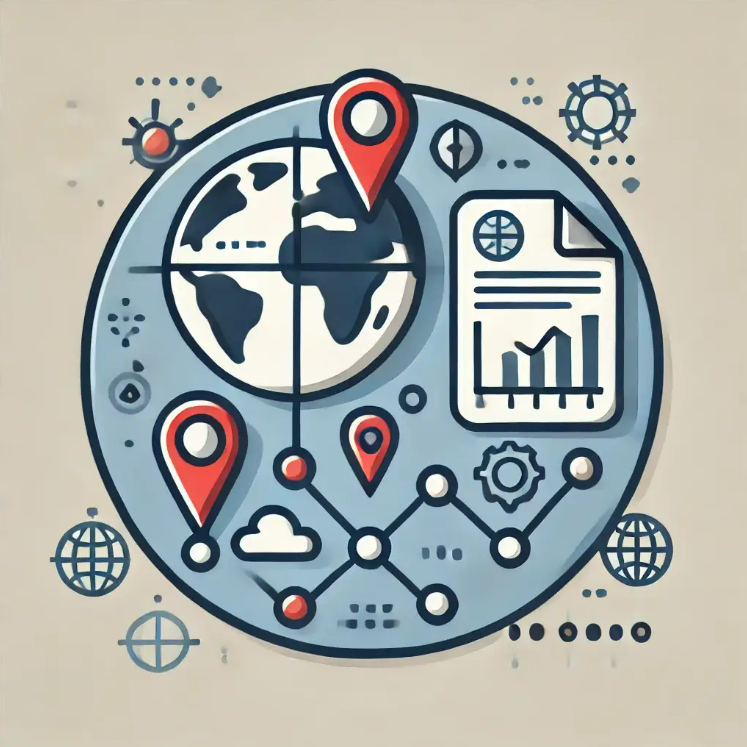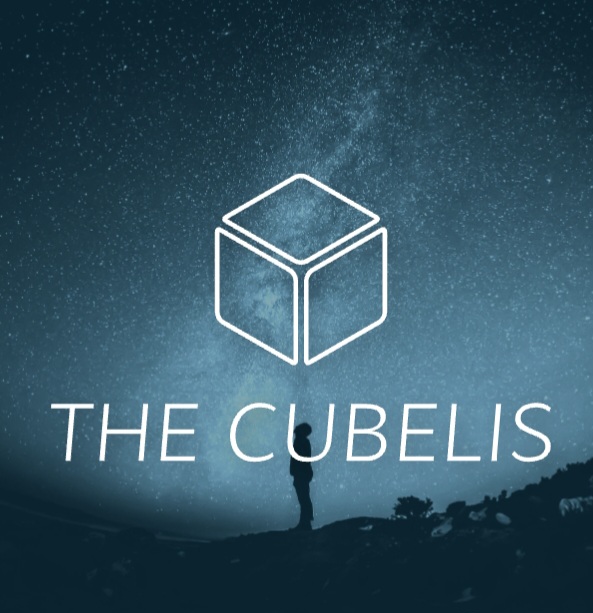Background
To produce the earliest maps, mapmakers surveyed the land directly around them and then extrapolated (with scientific reasoning and mathematical formulas) to map greater areas. Technology now allows us to obtain even broader views. Satellite imagery, remote sensing, and geographic information system technologies have greatly expanded our ability to view and understand our home planet, Earth. Still, to understand a system as a whole, there are benefits to zooming in. When looking at features from a location-based perspective, it is interesting to see what patterns, trends, and anomalies exist when other data is brought into the same view. Basic mapping technology can be used to combine or layer open science data, enabling data to be visualized based on its spatial properties and providing us with a unique perspective. NASA data is inherently spatial; Earth observations are tied to the places where those observations are collected. When Earth observation data is combined with other data, such as infrastructure or socioeconomic data, further exploration is made possible and valuable insights can be discovered. More information can be found: https://www.earthdata.nasa.gov/learn/backgrounders/gis
Objectives
Your challenge is to creatively model your community using a spatial representation (map) that incorporates open-source science datasets and then use that map to explore how an issue in your community is shaped by the surrounding physical geography.
How will you define your “community?” Think beyond defined markers and borders, and instead reflect on what “home” means to you. What are the biggest issues facing your community and how do those who live there interact with the environment around them? Your map will tell a story, but determining what that story is and the boundaries of your community are completely up to you!
Your map can take many forms, such as a product made with geographic software or an artistic interpretation in the form of a painting. You could develop an interactive game, or an app that a user can explore, or something else entirely! No matter what format your map takes, make sure it serves as an effective visual/spatial representation of the story you’re trying to tell about your community, and it incorporates open-source data sets to provide scientific evidence.
A community is as big or small as you make it! Whether you model your entire country or just your street, displaying data in a visual, spatial format could reveal new insights that even the most knowledgeable community expert may not have thought of!
Potential Considerations
You may (but are not required to) consider the following:
For data and resources related to this challenge, refer to the Resources tab at the top of the page. More resources may be added before the hackathon begins.

Jeddah
Sep 08, 2024
Community Mapping
Community Mapping
"نظام معلومات جغرافي يمتاز بالآتي: - عرض البيانات على هيئة بصرية سهلة الفهم. - تحليل البيانات لاستخلاص التغيرات في المنطقة. - استعمال الذكاء الاصطناعي للتنبؤ بالتغيرات المستقبلية. - سرد المعلومات بأسلوب قصصي باستعمال صوت مولد بالذكاء الاصطناعي."

Medina
Sep 08, 2024
Community Mapping
Community Mapping
يستهدف المشروع المزارعين، الجهات المعنية بالبيئة في السعودية. يوفر نظام الخريطة التفاعلية بيانات مناخية وجغرافية دقيقة توضح تأثير التغير المناخي على المناطق الزراعية. يتميز بتصور مرئي سهل الاستخدام يعرض المناطق الأكثر تعرضًا للتصحر وانخفاض المحاصيل، مع توصيات لتحسين الاستدامة مثل استخدام محاصيل مقاومة للجفاف. يمكن للمستخدمين التفاعل مع الخريطة، تفعيل أو إيقاف طبقات البيانات، والحصول على تحليلات فورية لاتخاذ قرارات مستنيرة حول إدارة الموارد الزراعية والمائية.
Our team needs 3 membersRequest to Join the Team |

Riyadh
Sep 08, 2024
Community Mapping
Community Mapping
مشروع Eventide, هو نظام خرائط متطور يعتمد على تقنيات إنترنت الأشياء (IoT) والذكاء الاصطناعي (AI) لعرض مواقع الشظايا في المدار الأرضي المنخفض بشكل تقريبي، مما يعزز استدامة الأقمار الصناعية عبر تجنب الاصطدامات مع الحطام الفضائي. يقوم المشروع أيضًا بتحليل حركة الحطام باستخدام تقنيات التنبؤ المتقدمة، مما يساعد الشركات التي تطلق الصواريخ والأقمار الصناعية في الحفاظ على أقمارهم لأطول فترة ممكنة. يوفر النظام تفاعلاً سهلاً مع الأنظمة الحالية، مما يعزز سلامة العمليات ويدعم الابتكار في صناعة الفضاء، كما يسعى المشروع إلى تقليل تراكم الحطام الفضائي على مر الزمن، مما يعزز سلامة البيئة الفضائية.